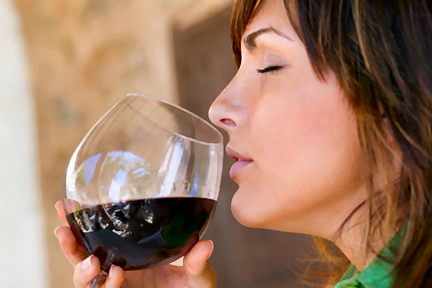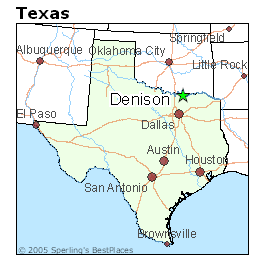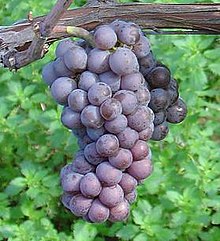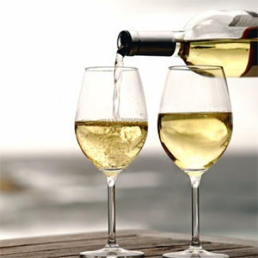I once read that wine is to the French and Italian table as salt and pepper (or healthier substitutions) are to the American table. While there was a time it might have been that simple, today we have a vast number of grape varieties and unique wines from around the world at our fingertips, fantastic cuisines from every ethnicity pumping out over the food network, and five star recipes printed in magazines and shared all over the web. Making a selection from hundreds, even thousands of fine wines available in any given store in hopes of successfully pairing it with dinner can seem like a daunting task. It’s no wonder that most people will get stuck on one or two wines, and drink them with everything. What are the rules of pairing wine with food? Where do you start? How much will you have to spend? How many wines will you have to taste through? It’s really not as complicated as it sounds.
There are NO rules because taste is subjective. That being said, there are some very good and logical suggestions, and a chronological order for their consideration.
1. LEVEL/QUALITY - Pair the wine with the level of occasion and/or the quality of the dish. You wouldn’t dip a quality and well prepared filet mignon in ketchup, well it’s probably not a good idea to drink a $4 bottle of wine with it either.
2. WEIGHT - Pair the weight of the wine with the weight of the dish - light wines with light dishes, heavy wines with heavy dishes.
3. MIRROR - Pair a wine that mirrors the flavors and characteristics of the dish. Are you using a butter or fruit sauce, pepper, or herbs? You might consider a wine that shares those same characteristics.
4. FAT - For a heavier dish with high levels of fat, it’s a good idea to remember that acid cuts through fat, and tannins stand up to it. So consider either a medium to highly acidic wine, or one with heavy tannins.
5. LOCATION - Consider location and/or ethnicity in your pairing. Not necessarily the meat, pasta, or veggies, but the style in which it’s prepared – Mediterranean, Asian, Cajun, Italian, French, etc. If available, try matching a wine from the same region.
6. SPICE – A chilled slightly sweet wine will tame the heat of a dish and bring out its flavor. Avoid tannic wines as they irritate the soft tissue of your mouth to create the dry feeling you get, and will actually make a spicy dish seem even spicier while totally blocking the flavor.
7. DESSERT – Because a sweet wine will typically have a high level of acidity to balance its sweetness, you should make sure that your dessert wine is sweeter than your dessert. Otherwise, your dessert could strip away the sweetness of the wine, leaving an unpleasant level of acidity on the palate.
While there are no perfect food and wine pairings (because everyone tastes things differently), the truth is that most wines go with most foods. Don’t get stuck on “rules”, drink what you like! Most stores have their wine divided into regions, and by variety within each. Start with the 8 main (4 white and 4 red) international grape varieties (Riesling, Sauvignon Blanc, Pinot Gris/Grigio, Chardonnay and Pinot Noir, Syrah/Shiraz, Merlot, Cabernet Sauvignon). You’ve probably done a little research to create your dish, now do a little research to pair your wine. Or, determine the basic type of wine you want to pair with your dish, and go to a specialty wine store with a knowledgeable staff that can help you find it. Know your budget and stay within it. There are some very good wines in the $9 to $12 range, and great wines in the $18 to $30 range. Simply put, if you can afford better than that, your reward will usually be a more complex wine with a longer finish.
EXPERIMENT AND HAVE FUN!













